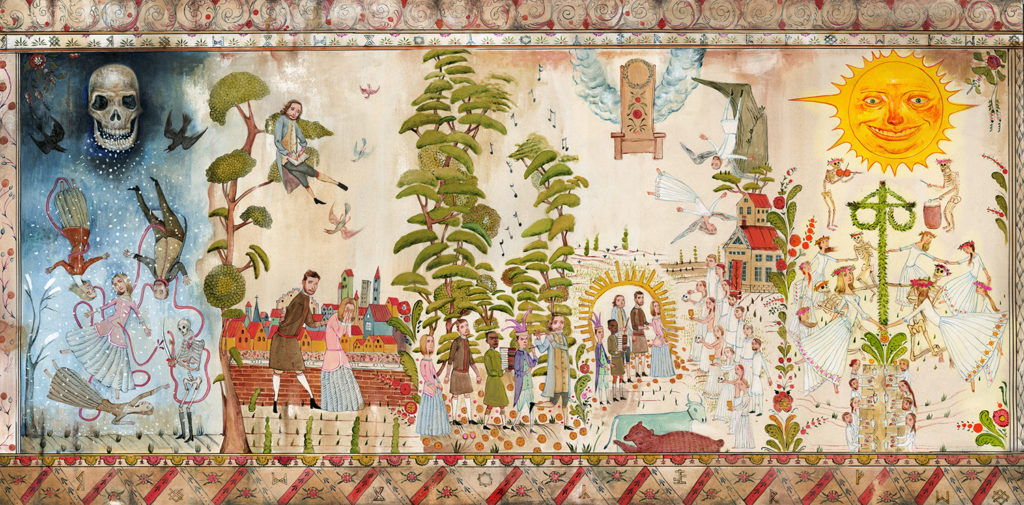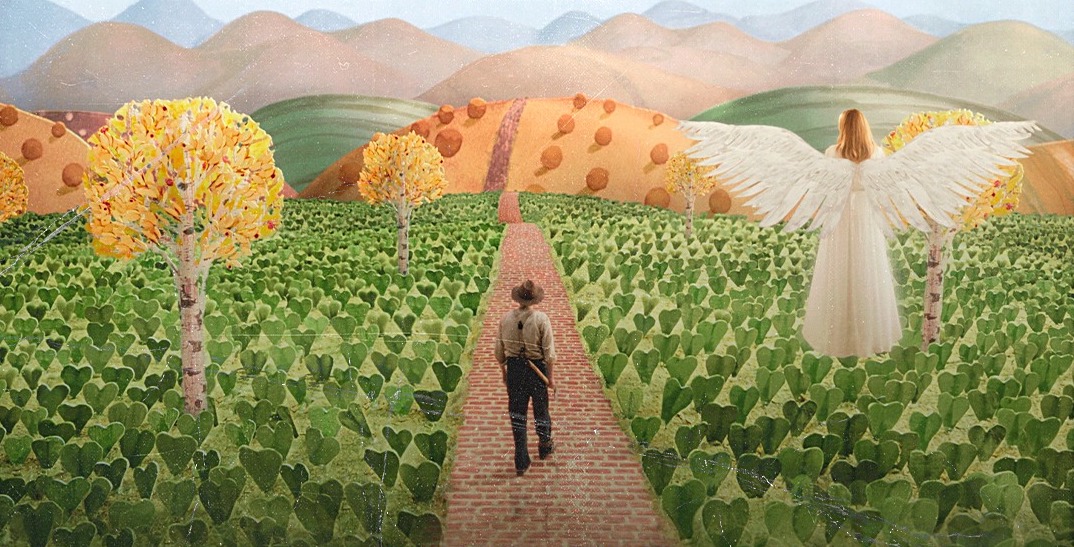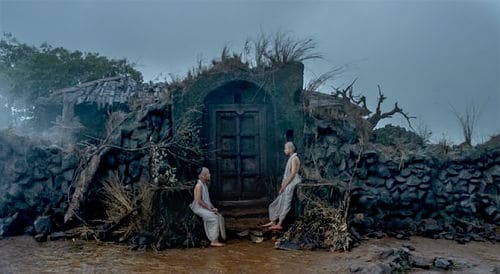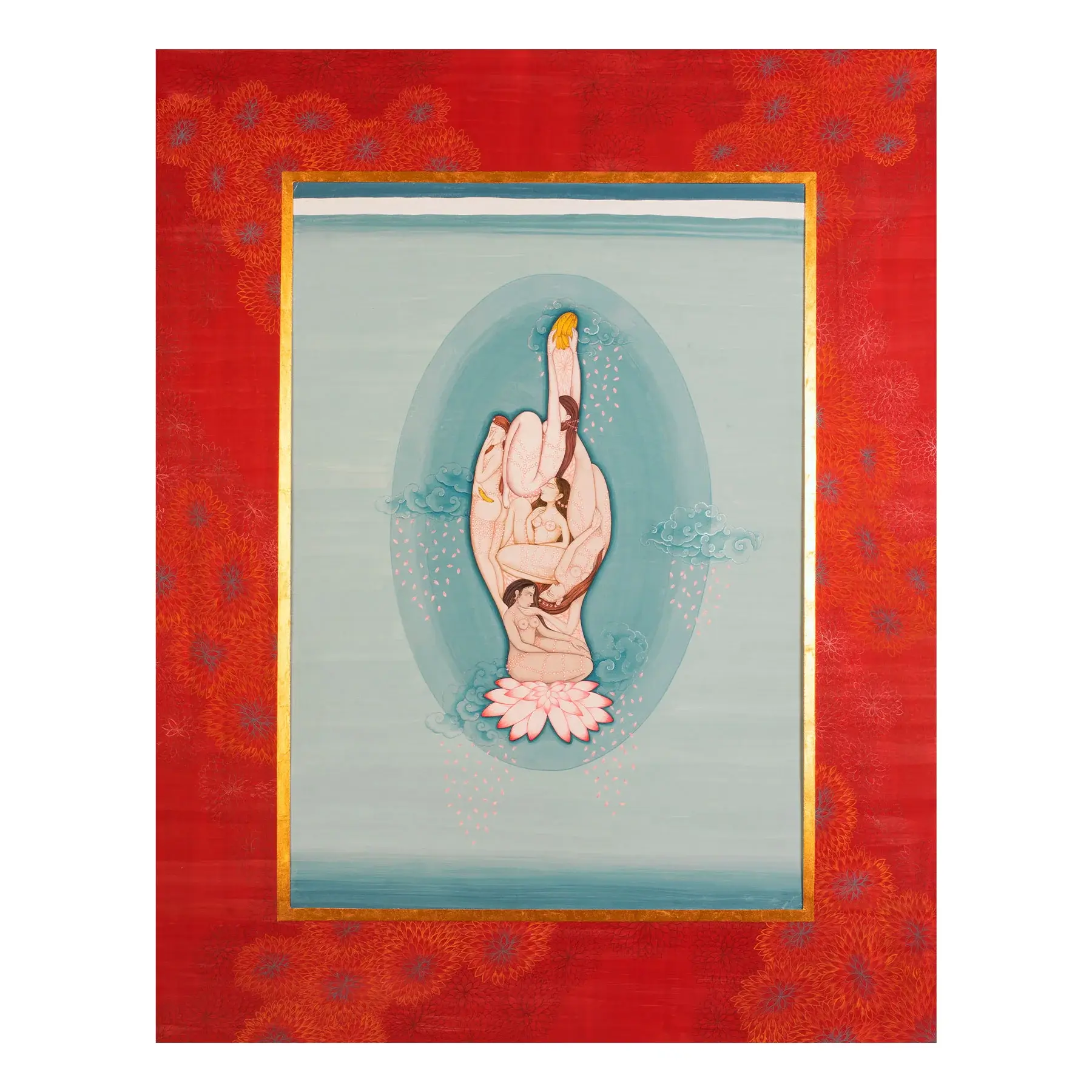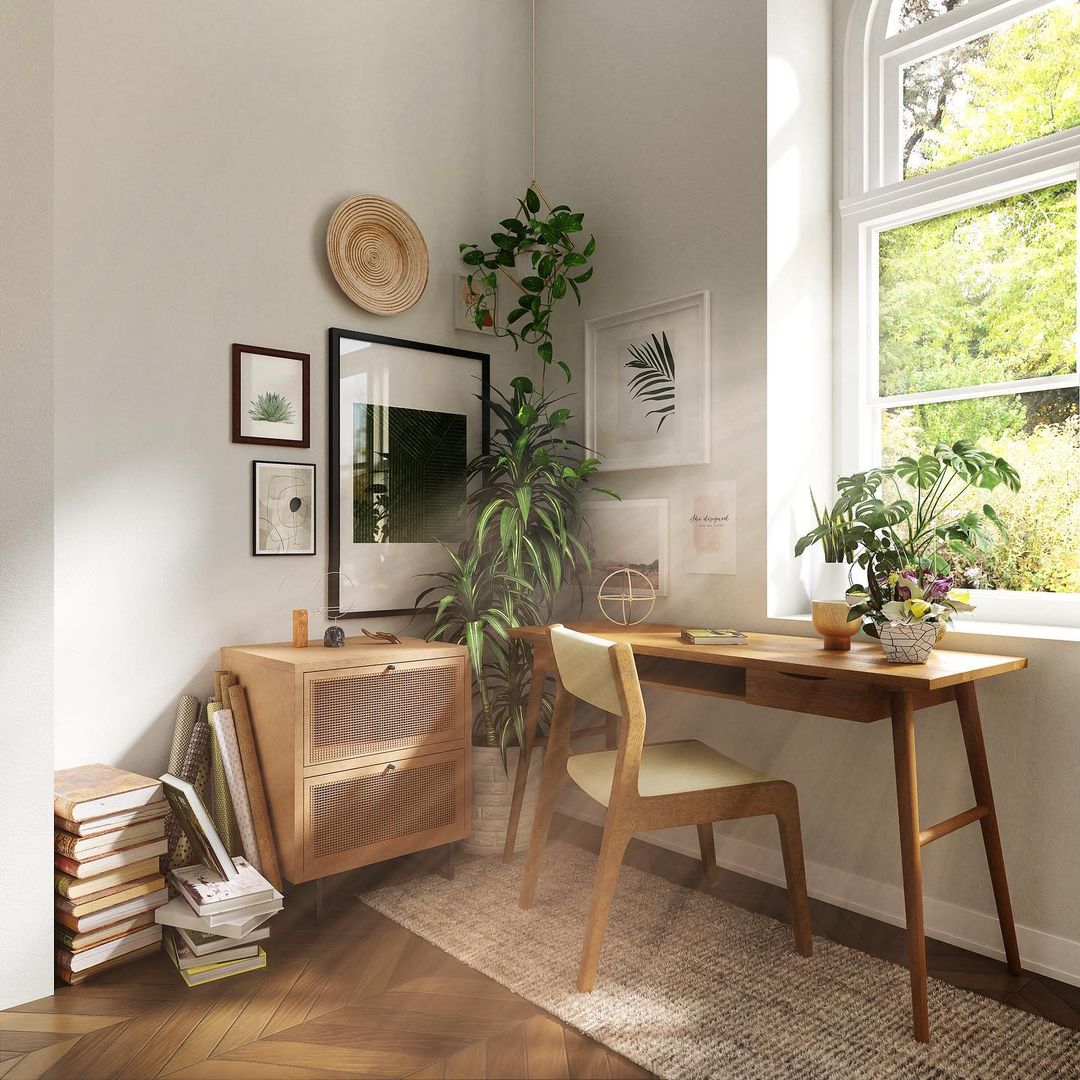A lone shadow in a bright room—crimson stains sprawled across a crisply laundered white bedspread, a meticulously crafted wooden rocking chair swaying by itself.
While horror movies are commonly perceived as a genre designed to elevate adrenaline levels, what is frequently underestimated is how they are artfully crafted to strike a deeper cord in the human psyche. From the chiaroscuro play of shadows to the hauntingly composed soundscapes, every frame is a carefully orchestrated masterpiece.
The connection between horror movies and art extends beyond thematic inspiration; it permeates the very craftsmanship of filmmaking. Much like the meticulous attention to detail seen in classical art, horror movies often employ principles of design and colour theory to enhance the overall impact on the audience. In horror cinematography, directors draw inspiration from paintings by skillfully employing frames and proportions to induce claustrophobia, anticipation, or isolation. The strategic use of colour theory intensifies the emotional impact, with contrasts between light and dark, and a cool colour palette creating a chilling atmosphere. Design principles such as symmetry and mirroring techniques manipulate perception, enhancing the unsettling visual language. These cinematic choices reflect a deliberate homage to the artistry found in traditional masterpieces throughout history.
A still from the movie “Beau is Afraid”
A24 is a cinematic powerhouse renowned for redefining the horror landscape through an unparalleled commitment to artistic brilliance. A24’s foray into horror movies transcends the conventional, elevating the genre to a sublime form of visual and emotional expression. Films like The Witch, Midsommar, and Beau is Afraid, amongst others, exemplify the unique marriage of aesthetics and horror, where the haunting beauty of the cinematography and the curated sound design become integral to the overall narrative.
A24’s horror offerings, often described as “elevated horror,” eschew formulaic scares in favour of a more profound exploration of psychological and existential terror. The company’s commitment to fostering visionary directors and allowing them creative freedom has birthed a collection of films that are not only terrifying but also artistically evocative. Each frame seems to be a meticulously composed painting, and the narrative unfolds like a dark, poetic tapestry, weaving together elements of horror with a keen understanding of human emotion.
A still from the movie “Tumbbad” (L); “Bulbbul” (R)
Bollywood, traditionally associated with vibrant musicals and dramatic narratives, has also made significant strides in the horror genre, with films like Bulbbul, Gaslight, Tumbbad, and the Ghost Stories anthology. What sets these movies apart is their deliberate and artful trepidation, transcending the typical tropes to offer a more nuanced and visually captivating experience.
Bulbbul, written and directed by Anvita Dutta Guptan, stands out as a visually stunning film that weaves horror into a period drama canvas. The cinematography captures the eerie atmosphere but also serves as a tool for storytelling. Through carefully composed shots and evocative lighting, the film immerses viewers in a world where every frame seems to echo with supernatural intrigue. The film’s artistic choices extend beyond conventional scares, delving into the exploration of societal norms, folklore, and the empowerment of its female protagonist. With the use of colour theory and etheral imagery, the stills from this film can very well pass as paintings that are a commentary about female rage and women taking charge of their narratives.
Gaslight a psychological horror uses its cinematography to mirror the unravelling mental state of its characters. The play of shadows and disorienting visuals create an unsettling atmosphere, heightening the psychological impact on the audience. The film’s artistic approach is integral to its ability to delve into the complexities of the human mind, blurring the lines between reality and illusion. While creating complex illusions is what art is about, Gaslight, directed by Pawan Kriplani, takes a page from famous artists and creates an atmosphere that mimics the complexities of the human mind.
Tumbbad, directed by Anand Gandhi and Rahi Anil Barve, is a visual marvel, that as a horror spectacle and as an exploration of myth, greed, and mortality. The cinematography, a feast for the eyes, captures, the grandeur of the period setting and the ominous undertones of the supernatural elements. The film’s commitment to visual storytelling elevates the movie, turning it into a cinematic experience that lingers in the mind. While Dante’s Divine Comedy is about Hell and the consequences of people not living righteously, the illustrations showcase the nine circles of hell, one of them depicting torture meted out to “greedy” people. Much of Tumbbad is about greed and fanaticism, which is disclosed through frames and stills that look like Dante’s art coming to life.
Official movie poster of “Scream” superimposed on “The Scream” by Edvard Munch
Horror movies, much like art, with their uncanny ability to elicit fear, anxiety, and suspense, tap into the primal instincts and emotions of individuals. The true beauty lies in the lasting impact these experiences have on the audience. Just as a poignant painting or sculpture can linger in the mind, haunting and stirring the soul long after the initial encounter, so can a well-crafted horror movie. Horror movies, in a sense, become a modern-day canvas, utilising the language of film to paint vivid landscapes. By drawing inspiration from the techniques and themes found in timeless masterpieces, filmmakers elevate the horror genre beyond mere entertainment, creating an immersive experience that lingers in the hearts and minds of the audience, much like the enduring impact of a captivating work of art.
Words by Esha Aphale.
Featured image Mu Pan’s mural for Midsommar.
Image courtesy A24, Netflix, Anand Gandhi.
